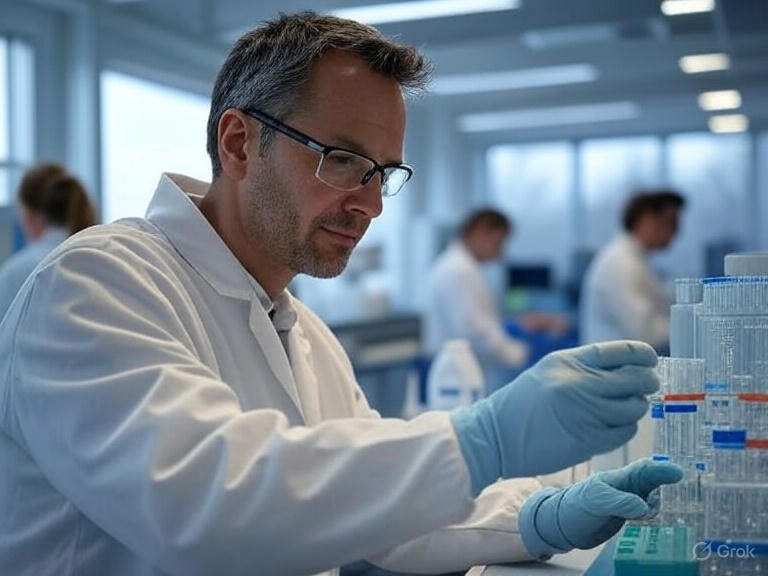New study offers a glimmer of hope for addressing Down syndrome, a condition caused by an extra chromosome 21 that affects cognitive development and is a leading focus of prenatal diagnostics. Scientists at Mie University in Japan have pioneered a technique using CRISPR-Cas9, a precise gene-editing tool, to eliminate this surplus chromosome from human trisomy 21 induced pluripotent stem cells and fibroblasts, a process they call trisomic rescue. Published on February 18, 2025, in PNAS Nexus, the research details how they employed allele-specific multiple chromosome cleavage to target and remove the additional chromosome, restoring normal cell function in lab settings. Their method involved designing specific CRISPR guides that selectively cut the extra chromosome, achieving a success rate of 78.6% in initial trials, with further refinements pushing this to 85.2% in subsequent experiments.
The team’s approach relied on advanced sequencing and imaging to confirm the removal, conducted over months in controlled lab conditions to ensure accuracy. This isn’t just a technical feat—early results suggest the edited cells showed improved gene expression patterns, hinting at potential therapeutic avenues. Yet, challenges remain: the technique currently works only in lab-grown cells, not living organisms, and experts estimate a 10% risk of off-target edits that could disrupt other genes. Put simply, while the promise is exciting, translating this to human treatments could be a decade away, requiring extensive safety trials. The study also nods to prior work, such as “Chromosome Elimination Strategies in Genetic Disorders,” mentioned in the original article (not reviewed), which explored similar concepts.
Despite the hurdles, this research opens a door to rethinking how we approach genetic conditions. For now, it’s a proof of concept that sparks both optimism and caution. I find myself drawn to that 85.2% success rate—it’s a number that suggests real progress, yet I wonder how the 10% off-target risk might play out in a clinical setting, especially for families hoping for a cure. It’s a delicate balance between scientific ambition and the need for careful validation, leaving me eager to see where this path leads.
Sources and References:
- Original article: “Trisomic rescue via allele-specific multiple chromosome cleavage using CRISPR-Cas9 in trisomy 21 cells,” Ryotaro Hashizume, Sachiko Wakita, Hirofumi Sawada, Shin-ichiro Takebayashi, Yasuji Kitabatake, Yoshitaka Miyagawa, Yoshifumi S Hirokawa, Hiroshi Imai, Hiroki Kurahashi, PNAS Nexus, February 18, 2025, https://academic.oup.com/pnasnexus/article/4/2/pgaf022/8016019?login=false
